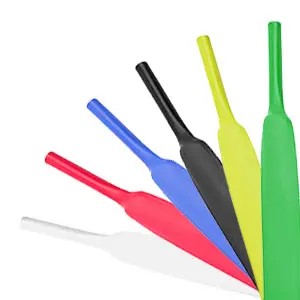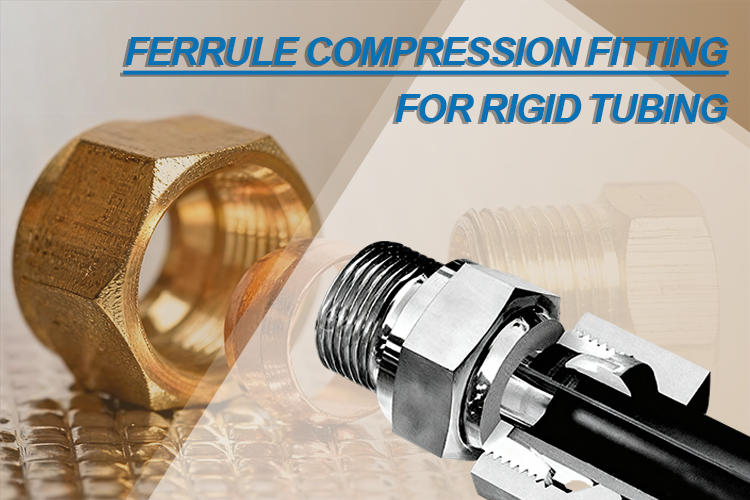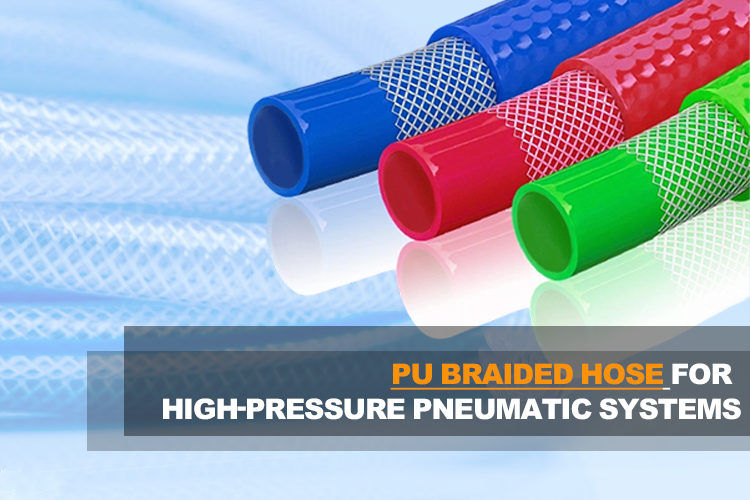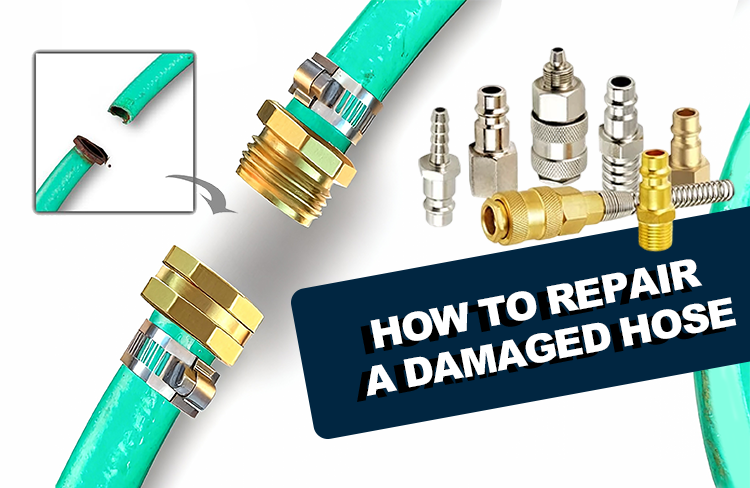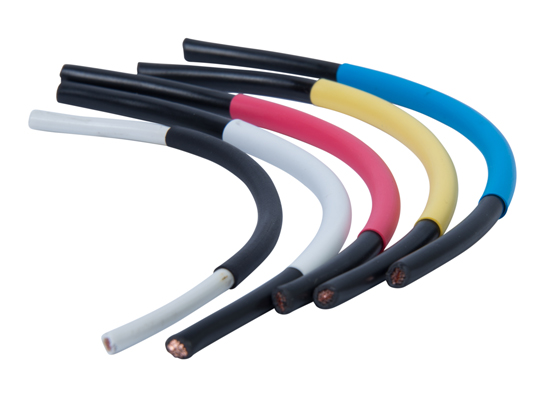What is Crosslinking Technology?
In the heat shrink characteristics of polyolefin heat shrink tubing, crosslinking technology enables the material to form a three-dimensional network structure. This structure allows the tubing to shrink uniformly when heated without melting, thereby achieving its heat shrink function.
In terms of flame retardancy, after adding flame retardants, the crosslinked tubing structure helps the flame retardant to distribute more stably and function effectively.
Therefore, whether for heat shrinkability or flame retardancy, the application of crosslinking technology is essential in polyolefin heat shrink tubing.
But you need to know although the cross-linking process can make Polyolefin tubing heat-shrinkable, it cannot shrink cyclically. It is stable after cooling and will not shrink when heated later.
Definition of Crosslinking Technology
Cross-linking refers to the process of creating chemical or physical bonds between polymer molecular chains through chemical or physical methods, forming a three-dimensional network structure. This structure prevents the material from melting and flowing like conventional plastics when heated. Instead, it enables the material to "remember" its original shape and return to it, thereby achieving the heat shrink effect.


